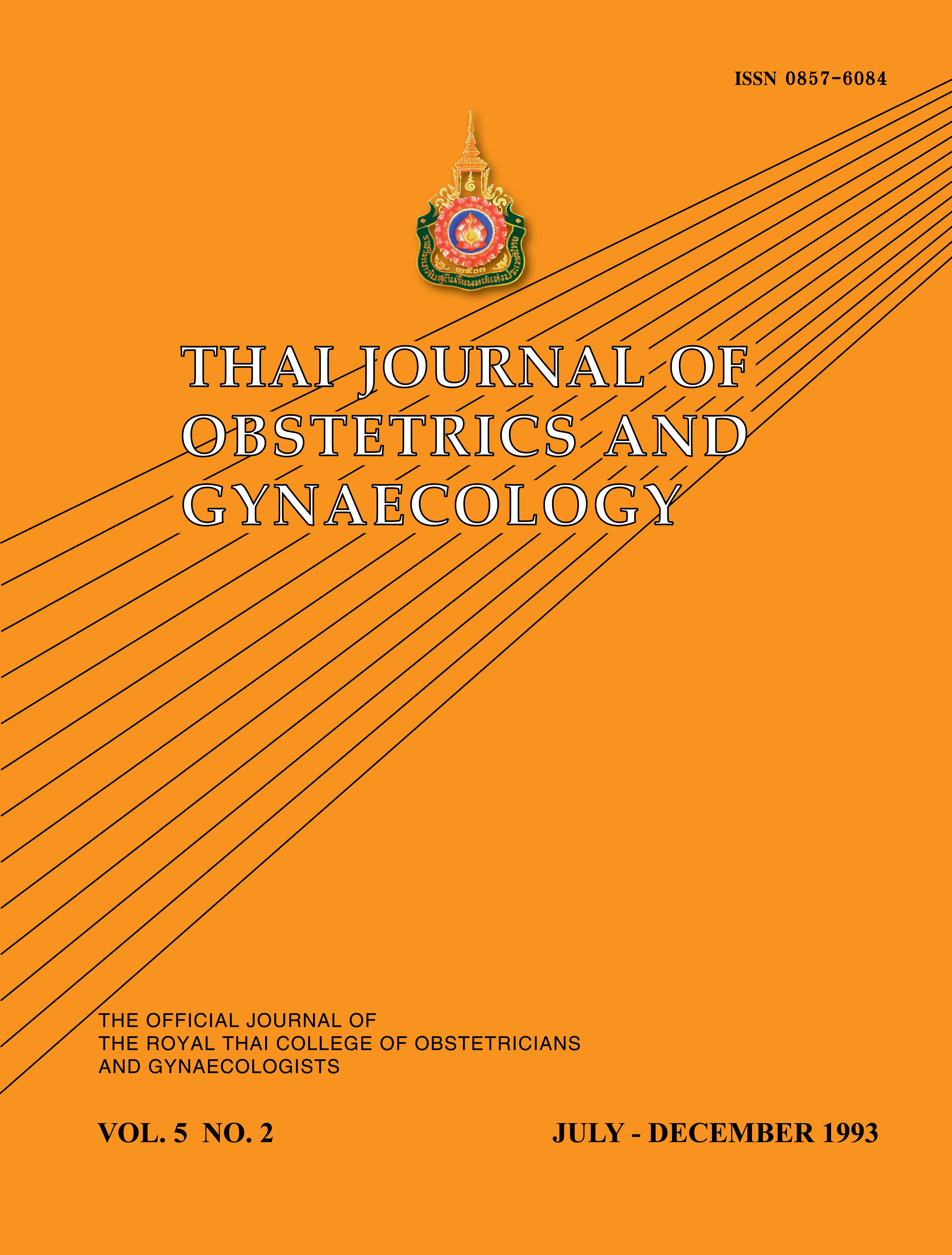Lysozyme in Amniotic Fluid-Referent Curve
Main Article Content
Abstract
Lysozyme is known to be the most important bacterial growth inhibitor in amniotic fluid. Although a great number of studies have previously described lysozyme concentrations in amniotic fluid, unfortunately until now there are no investigations that systematically study its intraamniotic concentrations. The aim of the present investigation was to determine lysozyme concentrations in amniotic fluid during gestation and to establish a referent curve of this very important hydrolytic enzyme. Serial amniotic fluid specimens were obtained under ultrasound control by a free-hand technique in aseptic conditions from 91 patients (239 samples) in various gestational ages, from the 13th week of pregnancy until term. Lysozyme activity determination was based on the use of turbidimetry at 546 nm, calculated by a standard curve (phosphate buffer 67 mmol/l, pH 6.3, Micrococcus lysodeicticus 0.2 g/l, sodium azide 8 mmol/l),according to the method of Prockop and Davidson (Lysozyme-Testomer-Boehringwerke). All amniotic fluid samples were cultured for aerobic and anaerobic bacteria within 30 minutes after amniocentesis. Our results indicate that lysozyme concentration increased gradually with advancing gestational age from 2.50 mg/l in 13 weeks of gestation and reached maximum levels of 23.60 mg/l at term. Lysozyme levels at term were almost 10 times higher than at the end of the first trimester. In conclusion we can say that lysozyme plays an important role in the antibacterial activity of amniotic fluid. (Thai J Obstet Gynaecol 1993; 5: 81-86.)
Article Details

This work is licensed under a Creative Commons Attribution-NonCommercial-NoDerivatives 4.0 International License.


